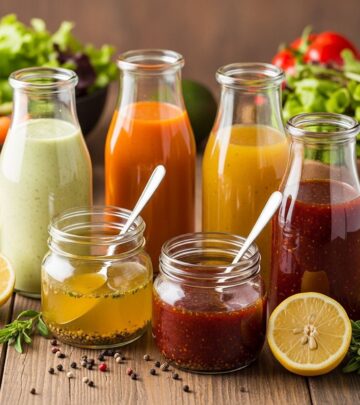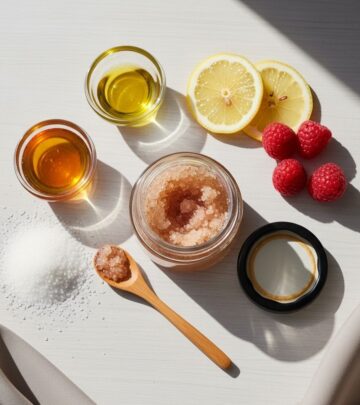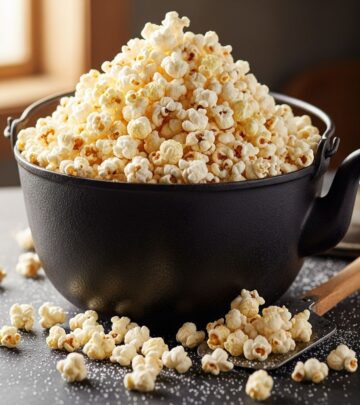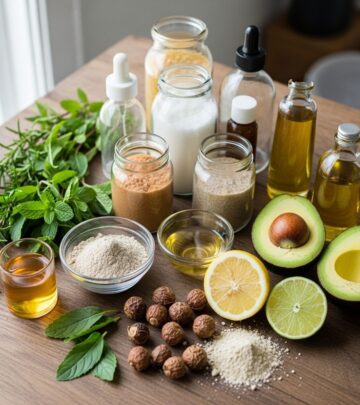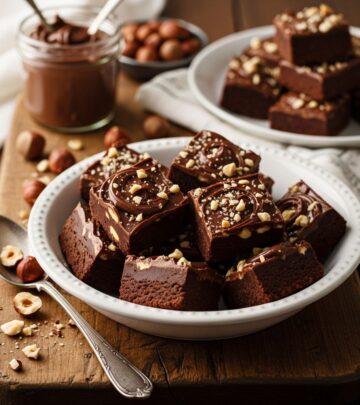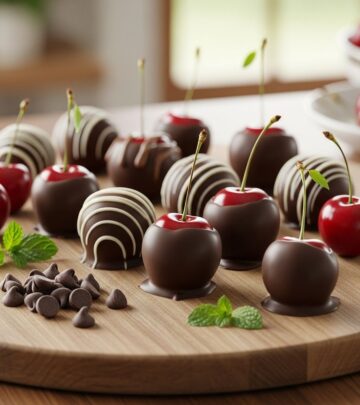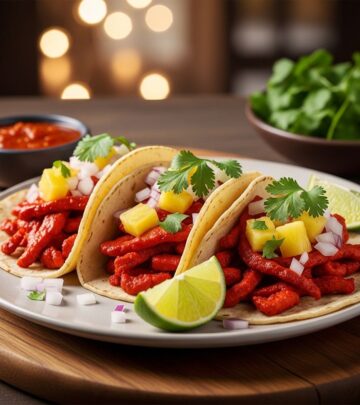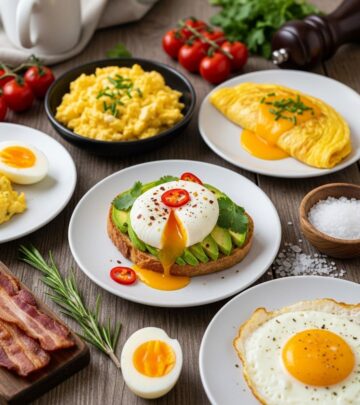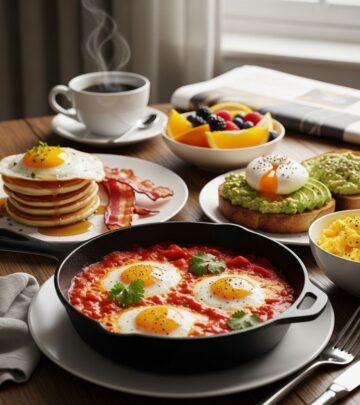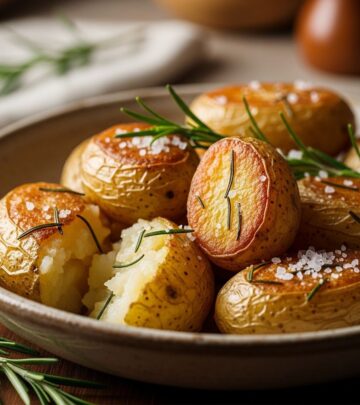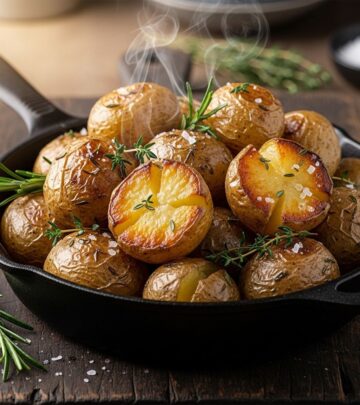Spanish Flan Recipe: 5 Authentic Ingredients For Silky Custard
Indulge in a smooth, rich treat that melts in your mouth with golden sweetness.
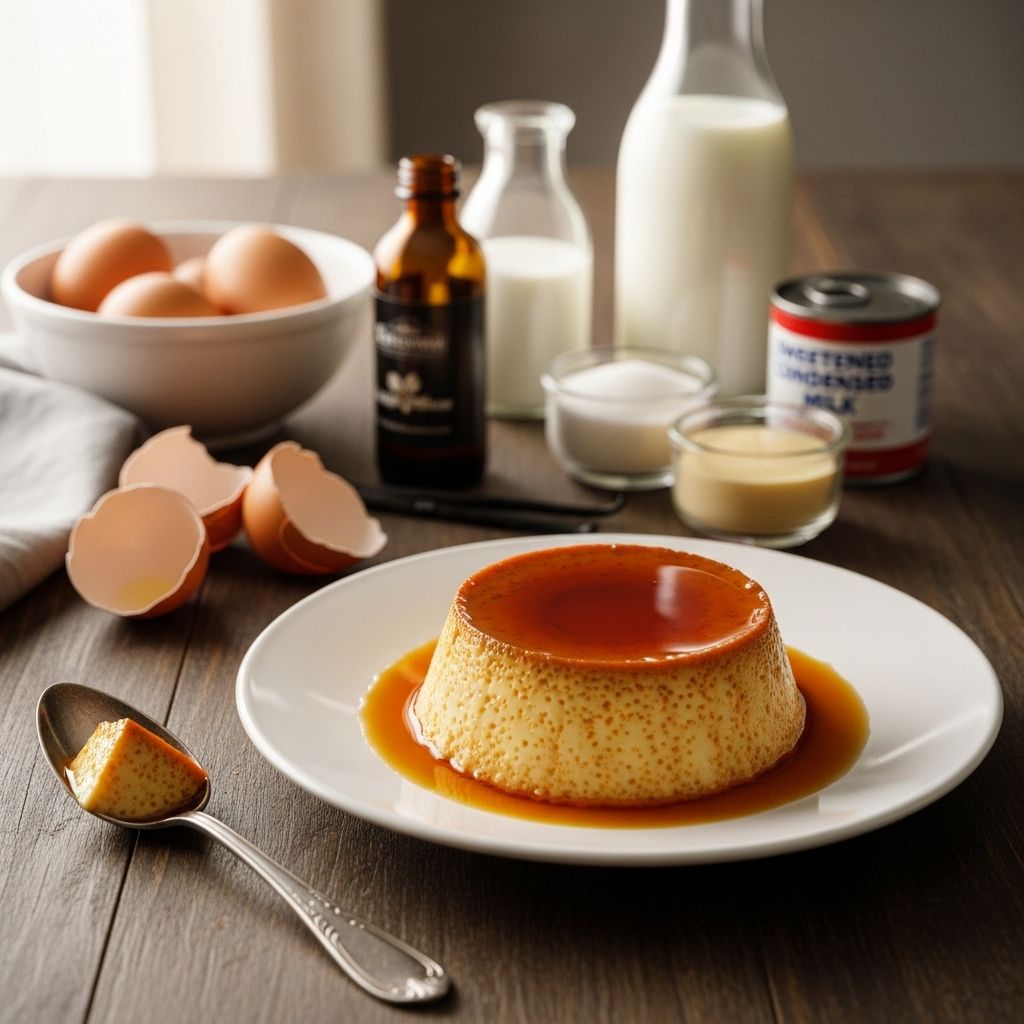
Image: HearthJunction Design Team
Spanish Flan: A Timeless Custard Dessert
Spanish flan stands as one of the most beloved desserts in Hispanic cuisine, combining simplicity with elegant presentation. This classic dessert features a silky-smooth custard base topped with a golden caramel sauce that flows effortlessly when served. Dating back centuries with roots in Roman cuisine and later refined by Spanish culinary traditions, flan has found its way into households around the world, especially throughout Latin America where each region adds its unique touch to this timeless recipe.
What makes Spanish flan truly special is its perfect balance of textures and flavors—creamy, smooth custard contrasted with the slightly bitter caramel creates a harmonious dessert experience that’s simultaneously rich yet light. The beauty of Spanish flan lies in its simplicity; with just a handful of ingredients, you can create an impressive dessert that looks as though it came from a high-end restaurant.
The History and Cultural Significance of Flan
The word “flan” comes from the French word ‘flaon’ (derived from the Old German word ‘flado’, which essentially translates to ‘flat cake’), and over time, the egg-based dish evolved into the sweet delicacy we know today. Spanish explorers and settlers introduced flan to the Americas during their conquests in the 15th and 16th centuries, where it was enthusiastically adopted and adapted with local ingredients.
In Spain, flan is traditionally served as the culmination of a meal, often enjoyed during family gatherings and celebrations. The dish represents both simplicity and sophistication—qualities highly valued in Spanish cuisine. What began as a practical way to preserve eggs with sugar became an art form, with families passing down their specific techniques and variations through generations.
Today, Spanish flan remains a staple dessert in Spain and throughout Latin America, with each country adding subtle variations. Mexican flan often includes cream cheese for added richness, while Cuban flan might incorporate citrus zest for a hint of freshness. The Spanish version typically stays true to its origins with a focus on achieving the perfect texture through careful preparation.
Essential Ingredients for Authentic Spanish Flan
The beauty of Spanish flan lies in its short ingredient list. Each component plays a crucial role in creating the perfect texture and flavor balance. Here’s what you’ll need to create an authentic Spanish flan:
The Custard Base
- Eggs: Three large eggs provide structure and richness to the custard. They’re responsible for the flan’s characteristic silky texture when properly baked.
- Sweetened Condensed Milk: A 14-ounce can adds sweetness and creaminess to the mixture while contributing to the flan’s dense, smooth consistency.
- Evaporated Milk: A 12-ounce can brings concentrated dairy flavor without additional water content, helping achieve that perfect custard texture.
- Vanilla Extract: One tablespoon adds aromatic depth and enhances the overall flavor profile of the dessert.
The Caramel Topping
- White Sugar: One cup of sugar transforms into a golden caramel sauce through careful melting, creating both the foundation and the crowning glory of the flan when served.
The simplicity of these ingredients highlights why flan has remained popular for centuries—it relies on basic pantry staples that, when combined with proper technique, create something truly spectacular. The quality of ingredients matters; using fresh eggs and good vanilla extract will elevate your flan from good to exceptional.
Step-by-Step Preparation Guide
Creating the perfect Spanish flan requires patience and attention to detail. Follow these steps carefully to achieve a silky smooth custard with the perfect caramel topping:
Preparing Your Kitchen
Before beginning, ensure you have all the necessary equipment ready:
- A 9-inch round glass baking dish
- A larger roasting pan for the water bath
- A medium saucepan for caramelizing sugar
- A mixing bowl
- A wire cooling rack
- Plastic wrap for covering
Creating the Caramel Base
Start by preheating your oven to 350 degrees F (175 degrees C). The caramel process requires your full attention as sugar can burn quickly:
- Place 1 cup of white sugar in a medium saucepan over medium-low heat.
- Allow the sugar to melt slowly, occasionally stirring gently to promote even melting.
- Continue heating until the sugar completely liquefies and turns a golden amber color—this indicates proper caramelization.
- Working quickly but carefully (as caramel is extremely hot), pour the hot syrup into your 9-inch round glass baking dish.
- Immediately tilt and rotate the dish to coat the bottom evenly with caramel before it hardens.
- Set aside to allow the caramel to set while preparing the custard mixture.
Preparing the Custard Mixture
The custard preparation is straightforward but requires proper mixing for the smoothest texture:
- In a large mixing bowl, beat 3 large eggs until just combined.
- Add the 14-ounce can of sweetened condensed milk, 12-ounce can of evaporated milk, and 1 tablespoon of vanilla extract to the eggs.
- Beat the mixture until smooth and fully incorporated, being careful not to overmix which can introduce too many air bubbles.
- Gently pour this custard mixture over the hardened caramel in your prepared baking dish.
The Water Bath Method (Baño María)
The water bath is crucial for gentle, even cooking of the custard:
- Place your custard-filled baking dish inside a deeper roasting pan.
- Carefully pour enough hot water into the roasting pan to reach about 1 inch up the sides of the baking dish.
- This water bath insulates the custard from direct heat, ensuring gentle cooking and preventing curdling or cracking.
Baking Process
- Carefully transfer the nested pans to the preheated oven.
- Bake for approximately 1 hour, checking after 55 minutes.
- The flan is done when it is just set but still has a slight jiggle in the center—similar to gelatin. It will continue to set as it cools.
- Avoid overbaking, which can result in a rubbery texture with unwanted bubbles.
Cooling and Setting
Proper cooling is essential for the perfect flan texture:
- Carefully remove from the oven and transfer the baking dish to a wire rack.
- Allow to cool completely to room temperature (approximately 1-2 hours).
- Once cooled, cover with plastic wrap directly on the surface to prevent a skin from forming.
- Refrigerate for at least 3 hours, though overnight chilling (8-12 hours) produces the best results as flavors meld and the texture perfects.
- Flan can be refrigerated for up to 3 days if needed.
Serving Your Spanish Flan
The presentation of Spanish flan is part of its charm, with the dramatic reveal of the caramel sauce cascading over the custard:
The Perfect Unmolding Technique
- Remove the chilled flan from the refrigerator about 10-15 minutes before serving.
- Run a thin knife or small spatula around the edges of the dish to loosen the custard.
- Place a rimmed serving plate (larger than the baking dish) over the top of the flan dish.
- Holding the plate firmly against the dish, quickly and confidently invert both together.
- Gently shake or tap if needed, then slowly lift the baking dish to reveal your flan.
- The caramel sauce will flow naturally over the custard, creating a beautiful amber glaze.
Serving Suggestions
Spanish flan is traditionally enjoyed on its own to appreciate its pure flavors, but these accompaniments can enhance the experience:
- Fresh berries on the side provide a bright contrast to the rich custard.
- A light dusting of cinnamon adds subtle warmth.
- A small dollop of whipped cream can complement the silky texture.
- Mint leaves make an elegant garnish for special occasions.
Troubleshooting Common Flan Issues
Even experienced bakers can encounter challenges when making flan. Here are solutions to common problems:
Texture Problems
- Bubbles or holes in custard: Usually caused by overmixing the custard or baking at too high a temperature. Mix gently and ensure your water bath is properly set up.
- Rubbery texture: A sign of overbaking. Remember that flan should still have a slight jiggle in the center when removed from the oven.
- Watery or separated custard: Often results from overcooking or using incorrect proportions. Follow measurements precisely and watch baking time carefully.
Caramel Issues
- Crystallized sugar: Happens when sugar crystals form during caramelization. Avoid stirring too much and use a clean pan free from debris.
- Burnt caramel: Results from too high heat or inattention. Use medium-low heat and watch constantly once sugar begins to melt.
- Caramel hardening before coating the dish: Work quickly after melting and have your baking dish ready before starting the caramel.
Frequently Asked Questions
Q: Can I make Spanish flan ahead of time?
A: Absolutely! Spanish flan actually improves with time as the flavors deepen. You can prepare it up to 3 days in advance and keep it refrigerated until ready to serve. Just leave it in the baking dish, covered with plastic wrap, and unmold right before serving.
Q: How do I know when my flan is perfectly baked?
A: The perfect flan should be set around the edges but still have a slight jiggle in the center when gently shaken. If you insert a knife about 1 inch from the center, it should come out clean. Remember that flan continues to set as it cools, so it’s better to slightly underbake than overbake.
Q: Can I freeze Spanish flan?
A: While technically possible, freezing isn’t recommended as it can alter the silky texture of the custard. The best way to enjoy flan is fresh or within a few days of making it, stored in the refrigerator.
Q: Why did my caramel harden immediately in the dish?
A: This is normal! The caramel will harden when it hits the cooler surface of the dish. Don’t worry—during baking and cooling, it transforms into the liquid sauce that will coat your flan when unmolded.
Q: Can I add other flavors to traditional Spanish flan?
A: While the classic recipe is beloved for its simplicity, you can certainly experiment with additions like orange or lemon zest, cinnamon, or even a splash of rum or brandy for special occasions. Just remember that subtle additions work best to complement rather than overpower the delicate custard flavor.
Variations on Classic Spanish Flan
While the traditional Spanish flan recipe is perfect in its simplicity, many regional and creative variations exist that you might enjoy exploring:
Regional Variations
- Mexican Flan (Flan Mexicano): Often includes cream cheese for a more velvety texture and sometimes features cinnamon or coconut.
- Cuban Flan (Flan de Cuba): Frequently incorporates citrus zest and sometimes uses coconut milk for part of the dairy.
- Filipino Leche Flan: Uses more egg yolks than whole eggs for a richer consistency and deeper yellow color.
Creative Modern Twists
- Coffee Flan: Add 1-2 tablespoons of espresso powder to the custard for a caffeinated twist.
- Coconut Flan: Replace some or all of the evaporated milk with coconut milk and add toasted coconut flakes as garnish.
- Chocolate Flan: Add 3-4 tablespoons of cocoa powder or melted chocolate to the custard mixture.
- Pumpkin Flan: Incorporate ½ cup of pumpkin puree and pumpkin spice for a seasonal autumn version.
Whichever way you choose to prepare your Spanish flan, this timeless dessert continues to captivate with its elegant simplicity and perfect balance of flavors. The combination of silky custard and flowing caramel creates a dessert experience that has stood the test of time across cultures and continents. With practice and attention to detail, you’ll master this classic recipe and perhaps create your own signature variation to pass down through generations.
References
- https://www.allrecipes.com/recipe/20979/spanish-flan/
- https://www.allrecipes.com/recipe/44497/baked-flan/
- https://www.allrecipes.com/recipe/214091/flan-mexicano-mexican-flan/
- https://www.allrecipes.com/moms-favorite-5-ingredient-flan-8676063
- https://www.allrecipes.com/recipe/22220/creamy-caramel-flan/
Read full bio of Srija Burman

